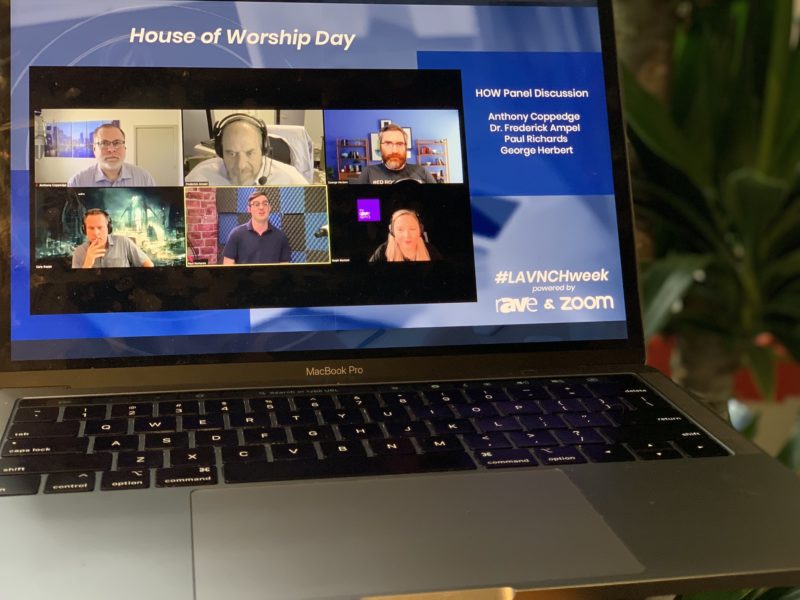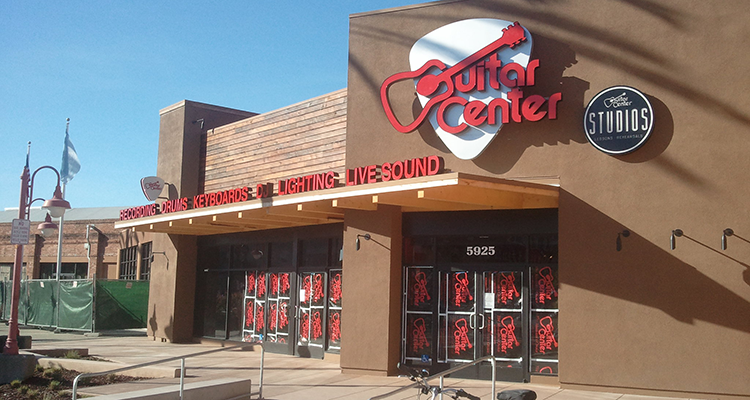The “Can I” Question

Anyone who has ever sat in on a project meeting with end users, purchasers, IT, corporate, architects (and all the other professionals likely to be at the table) knows that perspectives are often significantly distorted. How? They’re distorted by either too much or too little understanding of the technologies involved.
In this hypothetical project meeting, the AV folks would most likely fit into the “too much” category and everyone else into the “too little” category. This is because more often than not, consulting and design practicians see #AVtweeps differently than the individuals involved see themselves.
I have lost count of the number of times skilled expert professionals from other disciplines have made substantial assumptions about what we can do and how we can do it.
For example — the invisible speaker concept, i.e., the idea is that we can provide sound and intelligible speech to a space without having the ability to place loudspeakers in the correct positions to actually achieve that goal.
There is, of course, the video version of that same idea — the magical display screen or device that can provide high-quality images and content while being located in a less-than-ideal place or position.
The miscommunication and misunderstanding comes down to simple physics and immutable rules of visual perception at the end of the day. But how do you make the “pros” around the table recognize these issues without sounding either arrogant or condescending?
Let’s look at options here. Over the years, our consulting and design practice has worked with just about every corner of the AV/IT world. While there is no universal truth out there, there are some reliable human factors to be considered.
The most important of those is creating perspective with all the players. While one could take the approach of explaining in great detail why the specific request is not feasible (or practical), there is a more useful option. Position the request within the overall project matrix and explain how it could be achieved rather than why it can’t.
You might be surprised at how quickly all the other players will understand the task at hand and how it affects their specific area or skill set. They’ll also understand how your needs could be integrated into the whole project flowchart/planning diagram if they know what you have to do, and most significantly, HOW you have to do it. Not WHY, but HOW.
You can’t teach your years of hard-won, real-world experience, knowledge and understanding to the others at the meeting. What you can do is explain what you need, from whom and why.
Instead, position your needs as a request from the other professionals. Wrap that request in a concise explanation of why you need that specific set of conditions; then, you are much more likely to get agreement and buy-in from everyone else. Therefore, you’ll all be much better positioned to achieve your original goals within the framework of the project as a whole.
Here’s how it can work.
Let’s use the invisible speakers scenario as an example. The customer has provided a very vague and amorphous requirement for “good paging, clean background music and good privacy” in the space. Now you know that’s mostly of little value to an AV integrator/consultant, since it does not define what they mean by “good” and says nothing about what would work for them either aesthetically, visually or budget-wise.
The architect and interior design folks have a proposal in place for the client for how the space will look and feel, but they have NOT considered (in any way) your needs, space for your stuff or how you can get it to fit into their existing designs and plans.
So… here’s where you start to ask — CAN I?
Instead of bemoaning the lack of proper positions or options for your speakers and other gear, turn it around — look for possible solutions and avenues to achieve the needed coverage that don’t affect the accepted look and feel. Can we put speakers in the soffits or in the ceiling at these locations? Would it get the end user what they asked for and not impact the overall look of the space per the designer’s instructions?
By approaching the problem from this different angle, you offer the solution while asking the other professionals to help you integrate it into their designs. This involves them in the eventual solution rather than positions them as adversaries.
There is another side to the “Can I?” question. You can also use this idea to create user-generated specific information about actual needs, wants and desired outcomes by probing them for their wish lists. For example, “can I ask you to clarify what you want in this specific area?” By diving a little deeper into the problem, you can often obtain a beneficial perspective that can lead you to a better, more workable solution than the one you came up with based on limited initial information.
In summary, there is always going to be misinformation, misunderstanding and skewed views of what we can do and how we can do it. The most efficient way around this stumbling block is to get into the process at a more specific problem/solution-oriented level and provide focused guidance to everyone who needs it.





